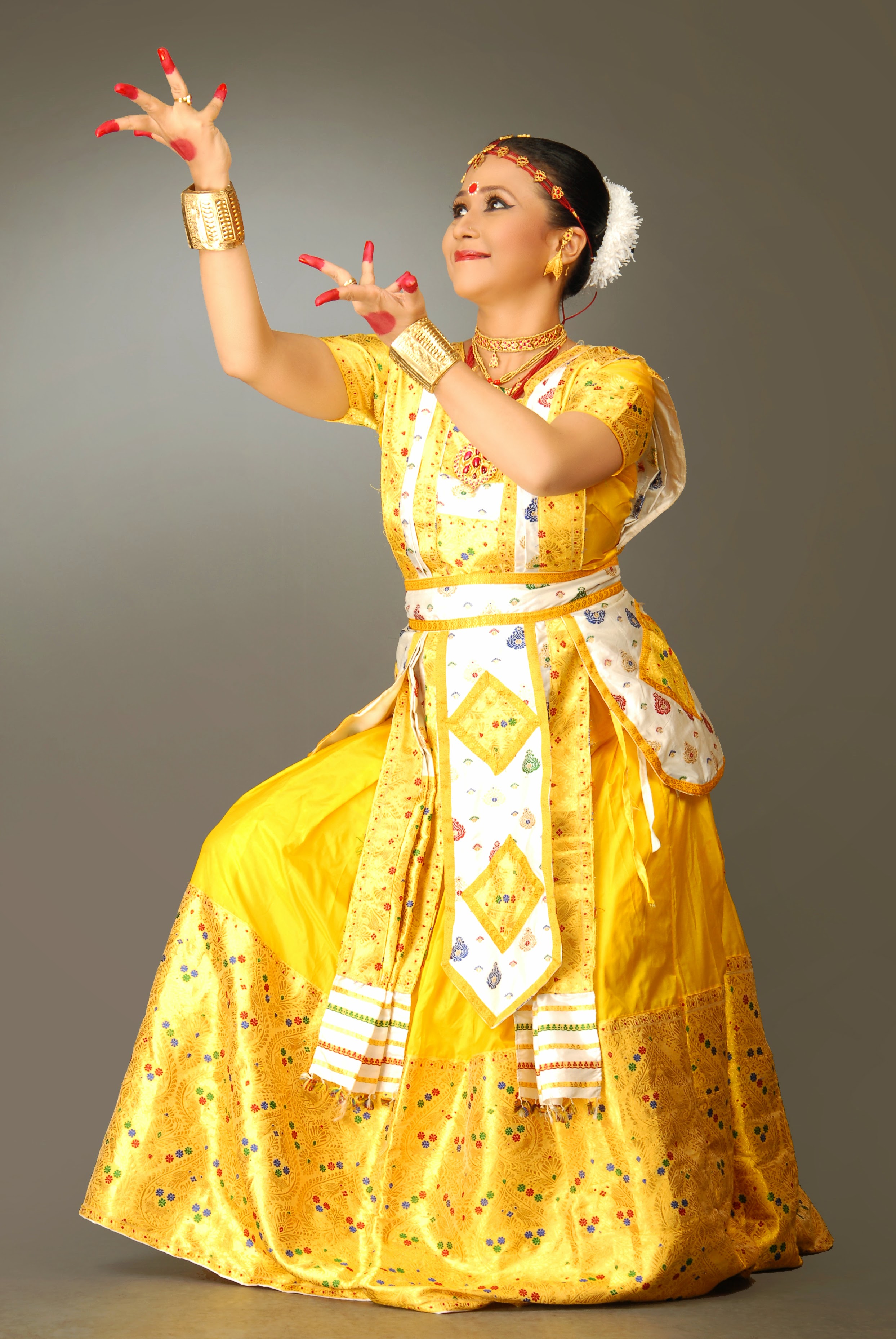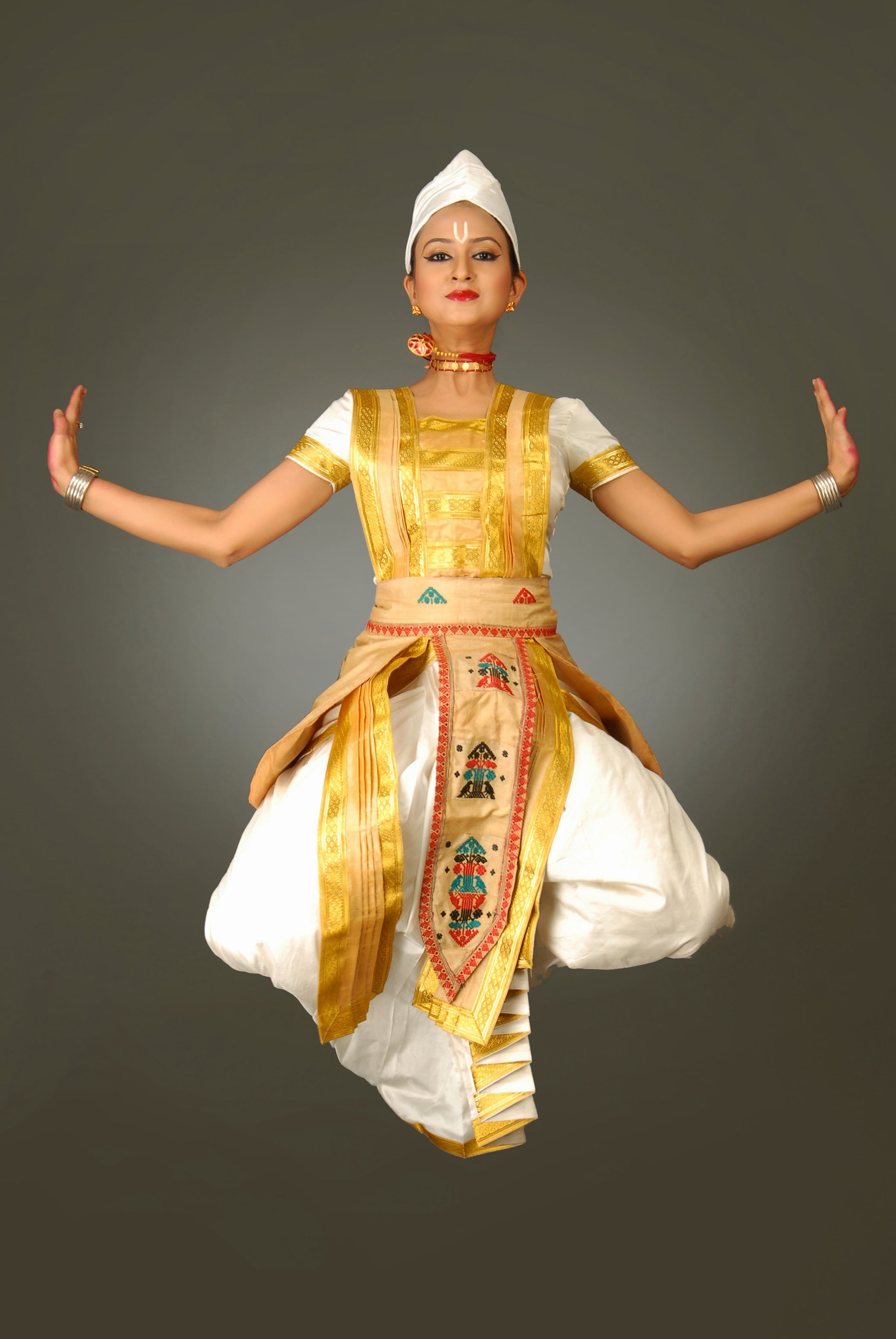Sattriya
More than 500 years ago, social and religious reformer Mohapurux Srimonto Sankardev created Sattriya to propagate his preachings of a monotheistic religion, an equal and class-free society. Initially, the dance was an integral part of one-act operatic plays called Ankiya Nat, whose text, dance and music were also conceived and written by Sankardev.With time, Sattriya came on its own and established an identity independent of the plays.
Until the mid-20th Century, Sattriya was confined to and evolved within the monasteries called satras,institutions created by Sankardev's disciples and built mostly in Majuli, the largest riverine island in the world. For over 500 years, the monasteries protected this sacred dance drama from outside influences. The dance derives its name from the satras where it continues to be performed as part of the religious practice by monks or devotees called bhokots.
In the middle of the 20th century Sattriya emerged from within the confines of the satras, and lay people, especially female dancers, began to embrace the beauty of the dance form and its philosophy. On November 15, 2000, Sattriya dance was declared a classical dance by the Sangeet Natak Akademi, the official governmental institution which oversees the classical and other art forms of India. A unique aspect of Sattriya dance is that it is a "living" art form which has not been "revived", but has continued since its creation to be performed in satras for liturgical and communal purposes. A living tradition, Sattriya continues to be a ritualistic art practiced by monks in kirtan ghars (prayer halls) of Assam. For centuries, the dance remained confined to the walls of the monasteries as an offering to Krishna. Women had very little access to it until recently. Today, the dance lives in both male and female bodies, occupying its rightful space in the proscenium stage while continuing to inhabit the spiritual realm.

Madhusmita Bora, Artistic Director

Awards
- Transformation Award from Leeway Foundation, 2020
- Art & Change Grant from Leeway Foundation, 2009, 2010 and 2011
- Pennsylvania Council on the Arts Grant, 2013, 2016
- Nritya Saradi Award, 2014
- IIDF Award, 2016
- The Pew Center for the Arts and Heritage Grant, 2016

Prerona Bhuyan, Artistic Director

Prerona is an empaneled artist with the Ministry of Culture, Government of India. Prerona is also a producer with Folk Beats, a music production company dedicated to promoting and preserving Assamese folk music. She has worked on a documentary film “Borgeet- Eti Dhrupad Sampad” by National Award winning film critique, Utpal Dutta, based on borgeets written by Srimonto Sankardev and Madhavdev. Prerona has presented Sattriya all across India and abroad in the USA, UK, Mexico and Singapore. She divides her time between the USA and India for the cause of promoting Sattriya.
Awards
- National Nritya Shiromani Award, 2015
- Nritya Jyoti Puraskar, 2015
- Nritya Pratibha Puraskar, 2016
- IIDF Award, 2016


